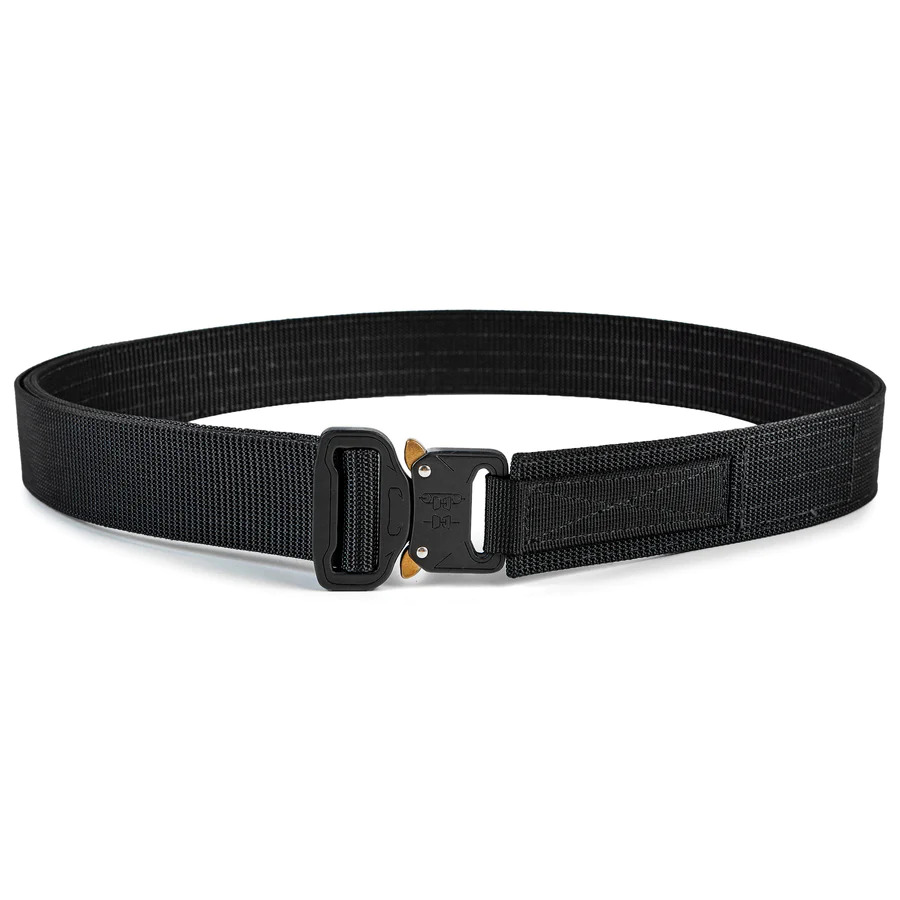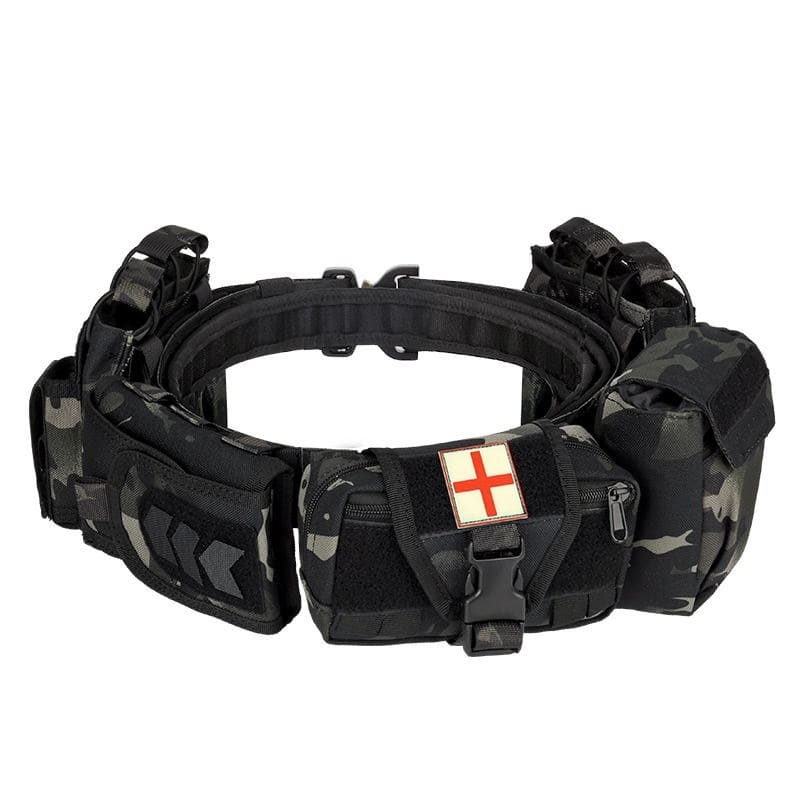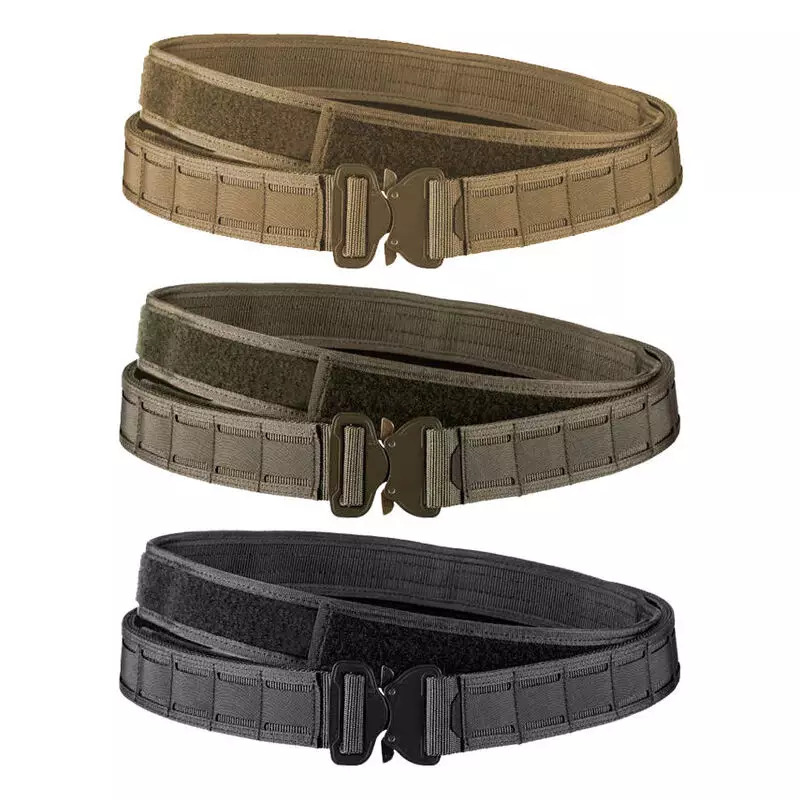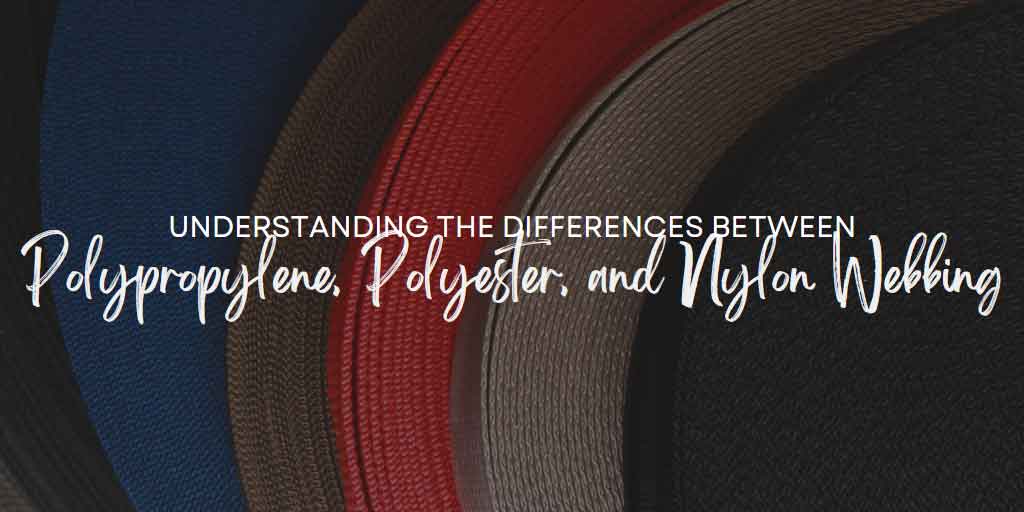One of the most confusing things about tactical belts can be deciding which type you want to buy. Below, we will go over the four general categories of tactical belts, what materials they are made from, and what they do best.
The EDC or “everyday carry” tactical belt is likely the most common tactical belt worn. This is not exactly a type of belt but more of a collection of belts that fall into this category. These belts need to be comfortable, most prefer them to be somewhat stylish, and most importantly, they need to be capable of carrying more weight than a standard belt.
EDC tactical belts are typically worn by people who commonly need to carry extra weight on their belts and they do not want it to sag. For example, a loaded Glock 43x weighs just a touch over 23oz. To hold nearly 1.5lbs of weight you need a belt that is designed for it. This is where EDC belts come into play. EDC belts are typically manufactured from nylon or leather and designed to support the additional weight of firearms, flashlights, multi-tools, and whatever else you want to wear on your belt!

A duty/law enforcement tactical belt is a heavy-duty belt that is designed to carry a lot of weight. When fully loaded, a police officer’s belt will often weigh over 20lbs. Their belts are designed to be comfortable yet rigid and strong. Duty/law enforcement belts are usually constructed of nylon or even in some cases, leather. Duty and law enforcement tactical belts come in varying widths.
The most common duty/law enforcement tactical belt widths range from 1.5in to 2.25in wide.The wider belts are usually two pieces with an inner and outer belt. They also come in varying stiffness and strength options. For example, many companies sell a nylon 2-ply 1.5in wide law enforcement belt and a stronger nylon 3-ply 1.75in belt.

Light-duty tactical belts are typically lighter, narrower, and hold less weight than a duty/law enforcement belt. These belts tend to be more comfortable and easier to wear for long periods. This type of belt is even lighter than the belts in our EDC category.
That said, some people prefer to wear light-duty tactical belts every day. They are perfect for people who do not want to load up their belts with lots of gear and maybe just need to carry one or two lighter items. These belts are also generally much nicer to wear in the summer or hot climates than other belts. That is because they are lighter, tend to be cooler to wear and they dry easier than heavier belts.
Heavy duty tactical belts also known as rigger belts are great all-purpose belts that will work for everything other than formal occasions when you need to wear dress pants.
These belts are incredibly strong and if you buy a quality one, very comfortable. This belt is in between the EDC tactical belt and the duty/law enforcement belt categories. It is stronger than an EDC belt yet not quite as strong as a duty/law enforcement belt. This is usually perfectly fine for the average person who is not consistently carrying 20-plus pounds of gear on their belt.

Material Webbing for Belts

As a material, webbing plays a crucial role in various applications. It's frequently used in industries such as hiking/camping, outdoors, military, pets, and sporting goods. But, what makes different types of webbing stand out from each other? Let's discuss the differences between polypropylene, polyester, and nylon webbing.
Polypropylene webbing is composed of thermoplastic synthetic polymer that is known for its durability, strength, and resistance to water. It is a cost-effective webbing that can withstand harsh weather conditions and is highly flexible. It's often used in outdoor equipment due to its excellent UV protection and mold resistance qualities. Polypropylene webbing is not affected by oils, chemicals, and acids. However, it is not advisable to use it as a heavy-duty webbing since it has a lower melting point.
Polyester webbing is a very popular webbing choice because it's highly resistant to water, mildew, and UV light. It's a strong and durable material that can hold up against sunlight, abrasion, and harsh weather conditions. Polyester webbing is an excellent choice for outdoor use, backpacks, and luggage straps since it can withstand extreme temperatures (-40°F to 257°F). Though it's not as strong as nylon, it's still one of the most sought-after choices because it's affordable and comes in a variety of widths and styles to meet your needs.
Nylon webbing is made of nylon fibers that are known for their strength, durability, and high resistance to wear and tear. It can withstand heavy loads, harsh climate conditions, and chemicals. This makes nylon webbing an ideal material for making military equipment, harnesses, and belts. Nylon webbing is unmatched for high abrasion applications but doesn’t do as well as polypropylene or polyester webbing with water. Nylon is still a good choice for outdoor webbing due to its high tensile strength – it’s not known to break or snap as easily as other materials.
